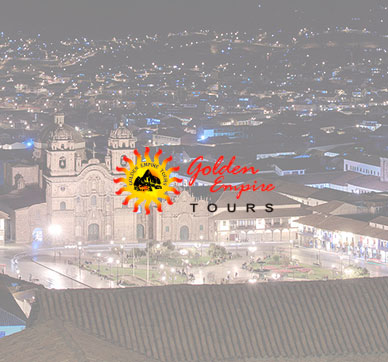The Discovery of Machu Picchu
Intiwatana Hill and terraces west of the Sacred Plaza
On the left are the precipices that defended Machu Picchu from the aggressions. In the first place, a group of terraces where the old inhabitants planted their crops.
Base camp
From the camp of Machu Picchu, Hiram Bingham undertook the study of one of the few Inca sites that eluded the Spanish invaders. With a robust Kodak camera, he took thousands of photographs to document his work.
Port of Pacasmayo
On their trip to southern Peru, the expeditioners stopped at several ports, including Pacasmayo, where the sailors use a very peculiar type of canoe. These rafts are made with reeds and should be dried after each use. The photograph also shows a typical sailor cabin built with split bamboo canes.
Previous preparations
In the photograph, the military band and escort are distinguished, as well as a carpet of flowers and green leaves.
Professor of Lima, Peru
The first part of the expedition arrived in Lima just in time to attend the annual Corpus Christi procession. Starting from the cathedral, the procession, composed mostly of children with striking attire, toured the four sides of the square and returned to the starting point.
The highlands
In the highland pastures between Lake Titicaca and Cusco, thousands of alpacas and llamas find their natural sustenance.
Local cattle
The llamas have been domesticated for centuries, and there are none in the wild. Alpaca wool is one of the most select exports of Peru. The flames carry rock salt. The characteristic open culvert that runs through the center of the street exists in many mountain villages.
Cultural exchange
The mountain Indians always showed interest in our work and used to content themselves with contemplating in silence the passage of our caravans or speculating in a low voice about the activities of the surveyor. Once, however, the chief surveyor was assaulted by a dozen exalted Indians, convinced that his assistant and he brought some witchcraft into their hands with those strange instruments.
Urubamba River
The bridge topped by the Urubamba rapids. The fork stock is still in place. The great difficulty of this construction was that the wood was so dense that it did not float.
Logistic problems
Our transport problems did not end with the arrival of the raft, because the mules resisted boldly to jump from the rocks to the current, deep and fast.
Opening the way
The outline of Machu Picchu stands out for the ruggedness and the indescribable beauty of the landscape. The city climbs on the edge of the precipices that can be seen at the bottom of this image. The road was opened a few years ago by the Peruvian State with a high economic cost. The first explorers, forced to avoid this area of the Urubamba valley due to lack of roads, were unaware of the Machu Picchu site.









